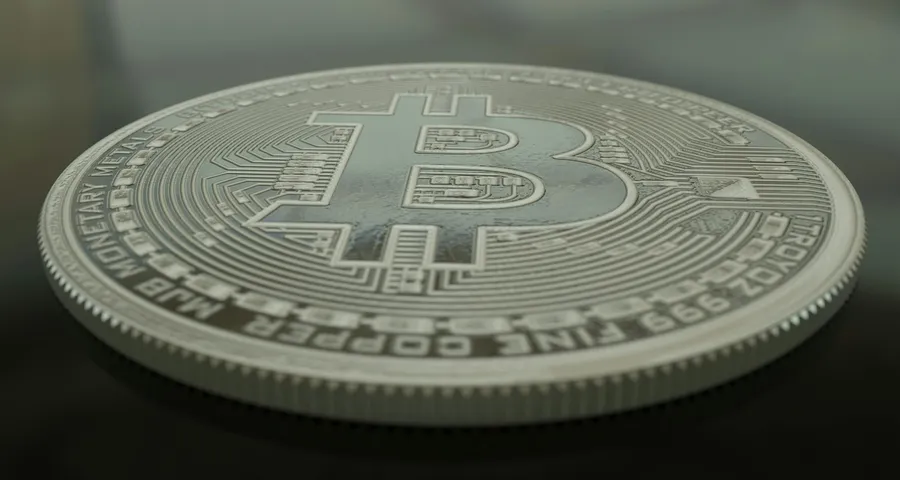What is a Central Bank Digital Currency (CBDC)? – The Future of Money in the Blockchain Age

Title: CBDCs: The Good, the Bad, and the Ugly – A Security Expert’s Perspective
Intro:
Hey there, I’m Valerii Wilson, a crypto security expert who has spent more time than I care to admit trying to make sense of blockchain’s wild west. Today we’re going to dive into a topic that’s been causing quite a buzz lately – Central Bank Digital Currencies or CBDCs for short. Let’s get one thing straight: CBDCs are neither inherently good nor bad; they’re tools just like any other, and as with all tools, they can be used well or horribly wrong depending on who’s holding them.
H2: What is a Central Bank Digital Currency (CBDC)?
A CBDC is basically a digital form of fiat currency issued by the central bank. Think of it as your regular dollars, euros, yens – but in a digital wallet instead of paper bills. Sounds simple enough, right? Wrong! You can’t just take a physical currency and make a digital copy without major implications.
H2: Why Are CBDCs Being Considered?
The main reason behind this push towards digital currencies is efficiency. Central banks see CBDCs as an opportunity to streamline their operations, making payments faster, cheaper, and more transparent. Plus, it’d be hard for me to argue that there aren’t plenty of areas in traditional finance that could use some speeding up and cost-cutting.
H2: The Potential Benefits of CBDCs
Yes, there are some potential benefits here. For instance, remittances would become far cheaper and faster for people living abroad or in developing countries. Also, it might be easier to track down and prevent illicit activities since every transaction would leave a traceable digital footprint.
H3: But Wait, There’s More…
Now we come to the less rosy aspects of CBDCs. Firstly, they pose significant risks to financial privacy. Once your transactions are all digitized and traceable, you lose much of what makes cash attractive – anonymity.
Then there’s the issue of control. Handing over the creation and management of our money supply to central banks means relinquishing some degree of power. What if a government decides to implement negative interest rates? Or worse, what if they just decide to freeze your funds because you disagree with their politics?
H2: The Security Concerns
Let me tell you, as someone who’s seen their fair share of hacks and key leaks, I’m not exactly jumping for joy at the prospect of a world where all financial transactions are conducted digitally. There’s no denying that CBDC systems would become prime targets for cybercriminals.
And let’s not forget about smart contracts. If you thought DeFi hacks were bad, just imagine what could happen when central banks start relying on them!
H2: Is a CBDC Future Inevitable?
Well, it’s certainly possible. Countries like China are already moving full steam ahead with their digital yuan project. But remember, while technology might be advancing at breakneck speed, human nature remains remarkably stagnant. We still have the same propensity to make mistakes, misjudge situations, and abuse power as we did thousands of years ago.
So before diving headfirst into the CBDC pool, we need to consider these potential downsides seriously. We must ensure that any digital currency system implemented maintains the security, privacy, and control that traditional fiat currencies offer.
Conclusion:
In conclusion, while CBDCs might seem like a shiny new solution for some of our oldest financial problems, they’re also opening up doors to entirely new sets of risks. As with any revolutionary change in finance, we must proceed cautiously and thoughtfully, learning from past mistakes rather than blindly charging into the future.
And if you’re involved in designing or auditing CBDC systems? Well, buckle up buttercup. We’ve got a whole new world of challenges ahead of us!









